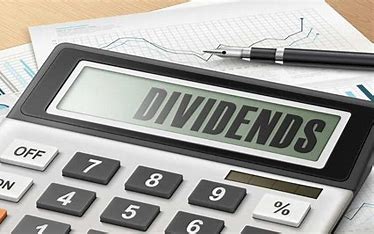When it comes to investing in Canadian corporations, understanding the tax implications of dividends is essential for maximizing your returns. In Canada, dividends can be classified into two main types: eligible dividends and other than eligible dividends. These classifications significantly impact how much tax you’ll pay. Let’s break down the differences.
Eligible Dividends
1. Lower Tax Rate:
One of the main benefits of eligible dividends is that they are taxed at a lower personal income tax rate. This is because eligible dividends come with a higher dividend tax credit, which reduces the overall tax burden on individual shareholders. This makes them a tax-efficient way to receive income from your investments.
2. Source of Eligible Dividends:
Eligible dividends are usually paid by:
Canadian public corporations, or
Private corporations that have paid corporate taxes at the higher, general corporate tax rate. Generally, from income which is not eligible for the small business deduction (SBD).
This higher tax rate allows these corporations to issue eligible dividends that qualify for the favorable tax treatment.
3. Higher Dividend Tax Credit:
You will receive a higher dividend tax credit for eligible dividends. This credit is designed to prevent double taxation on income that’s already been taxed at a higher corporate level, which means individual shareholders get a break on their personal taxes.
Other Than Eligible Dividends (Non-Eligible Dividends)
Not all dividends qualify for the tax breaks that eligible dividends enjoy. Non-eligible dividends, which are typically paid by smaller or lower-taxed private corporations, come with a higher tax bill for shareholders.
1. Higher Tax Rate:
Non-eligible dividends are taxed at a higher personal income tax rate than eligible dividends. The reason? They come with a lower dividend tax credit, which means less tax relief for you as a shareholder.
2. Source of Non-Eligible Dividends:
Non-eligible dividends are often issued by:
Private corporations that benefit from lower corporate tax rates (e.g., those claiming the Small Business Deduction), or
Corporations that have not paid tax at the general corporate tax rate.
Because these companies already enjoy lower corporate tax rates, the government provides less of a tax credit to shareholders when these dividends are distributed.
3. Lower Dividend Tax Credit:
Since non-eligible dividends are associated with companies that have been taxed at lower rates, the dividend tax credit is smaller. This results in higher taxes for shareholders compared to those receiving eligible dividends.
How to Use This Information
Understanding the difference between eligible and non-eligible dividends can help you better manage your tax liabilities. Ensure dividends are properly reported on your tax return to take advantage of the correct tax credits and minimize your tax burden.
For more information, you can visit Canada Revenue Agency at:
Canada Revenue Agency



